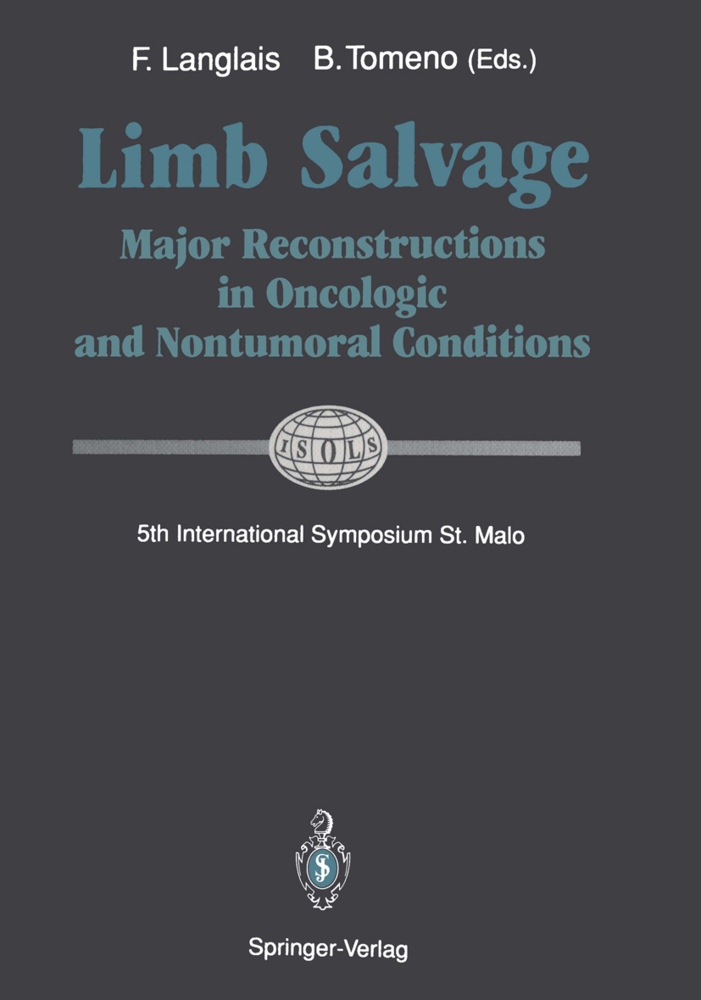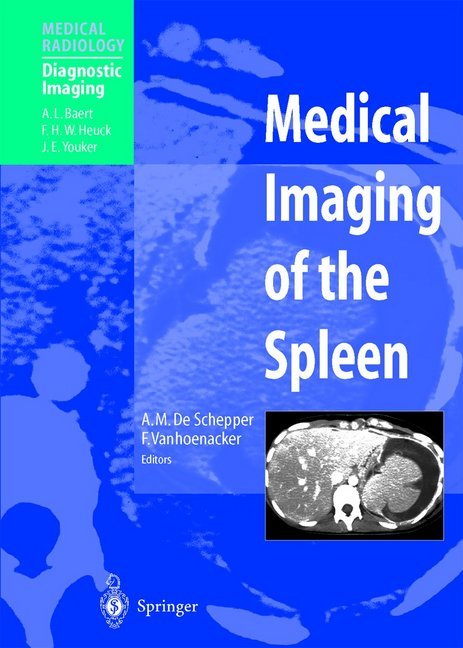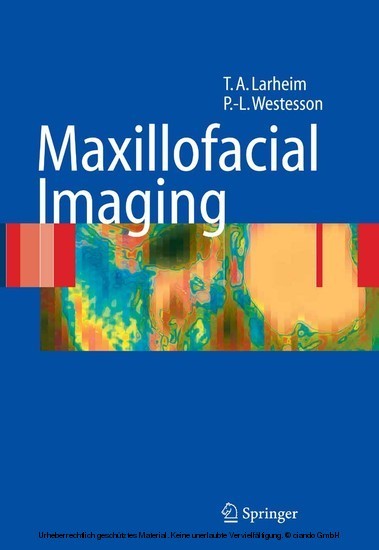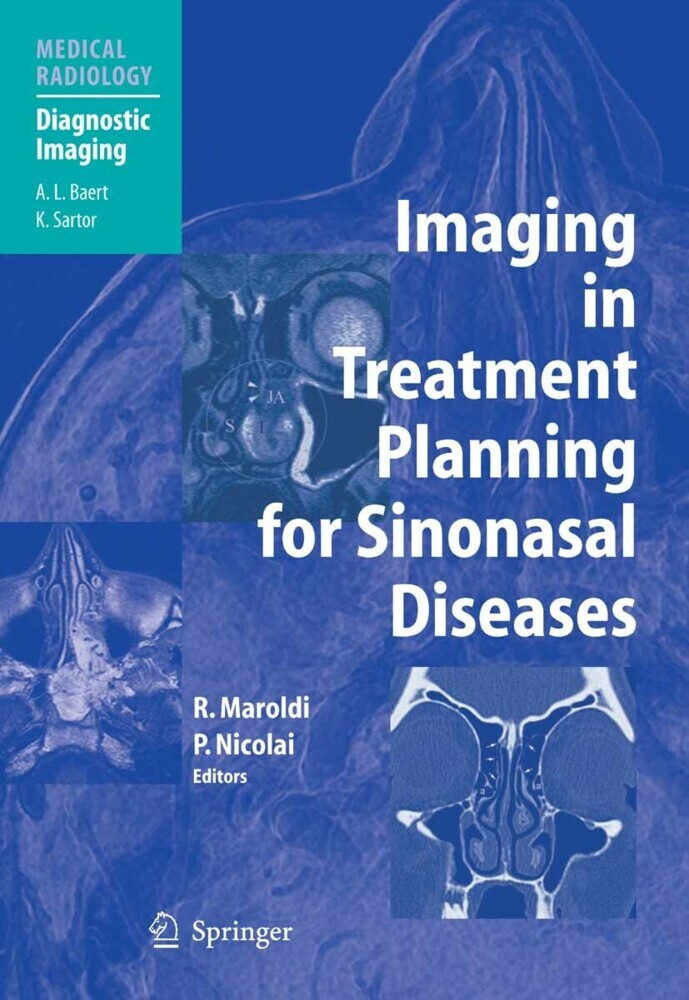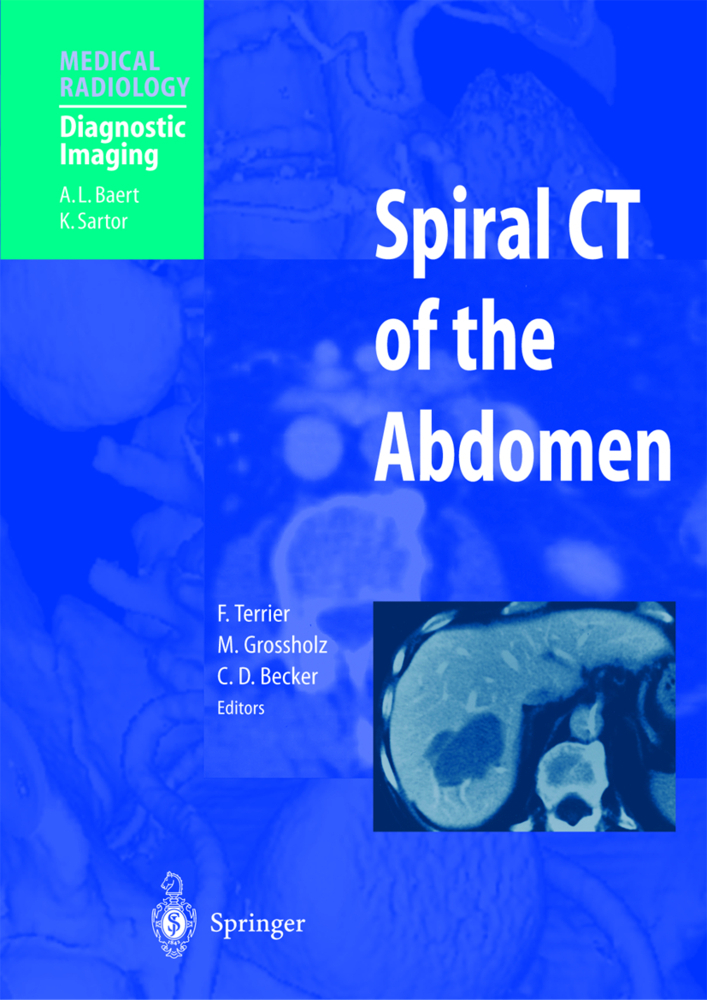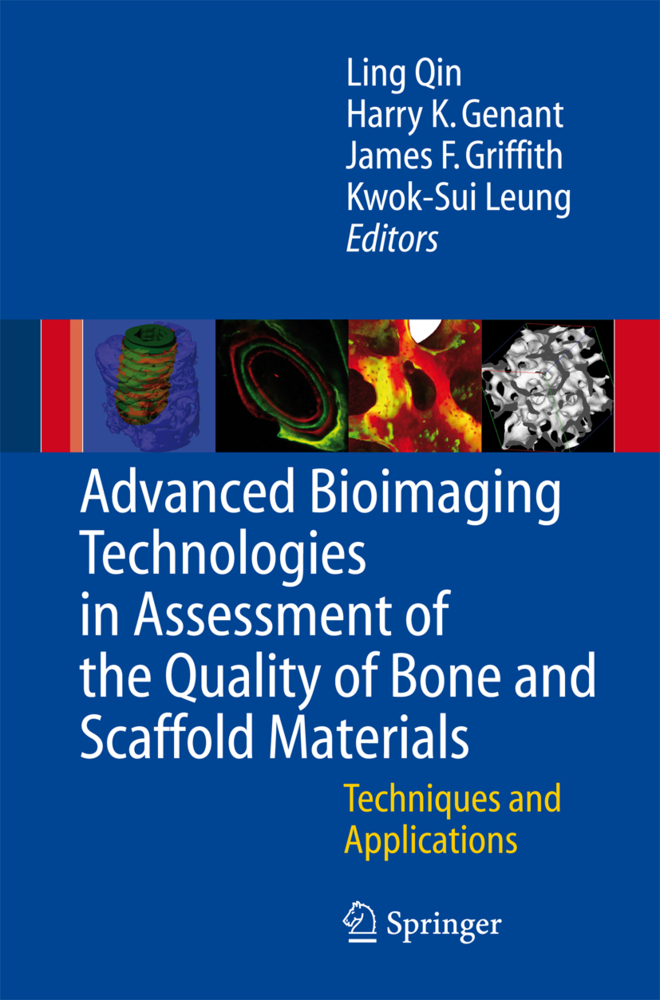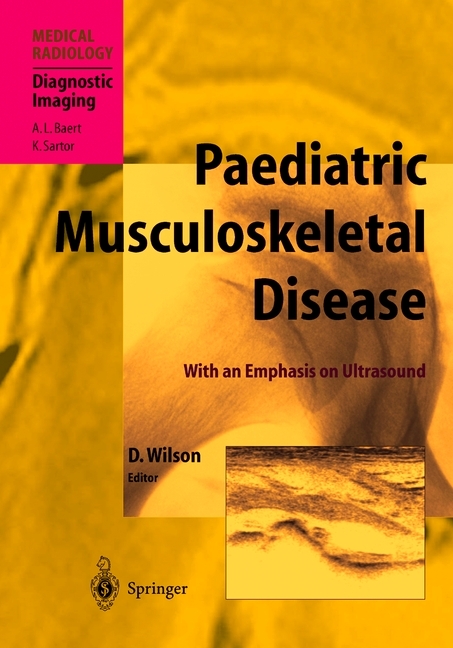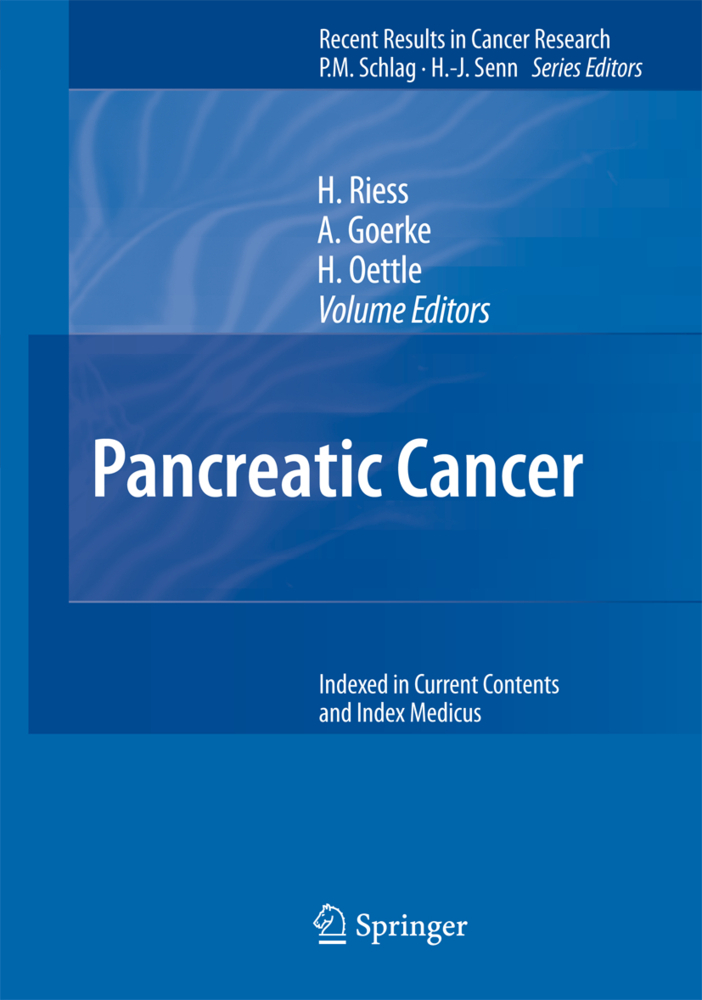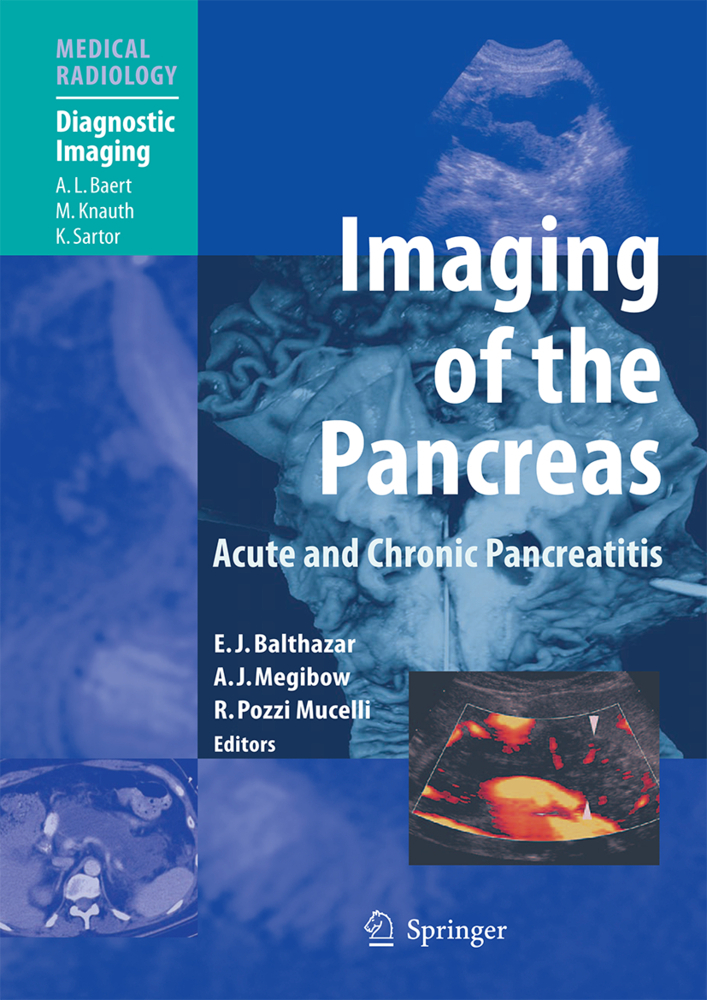Limb Salvage
Major Reconstructions in Oncologic and Nontumoral Conditions 5th International Symposium, St. Malo ISOLS-GETO
Limb Salvage
Major Reconstructions in Oncologic and Nontumoral Conditions 5th International Symposium, St. Malo ISOLS-GETO
An international group ofresearchers has met every 2 years since 1981 to examine the progress made in limb salvage techniques and the perspectives of this field of surgery. In 1989 the Fifth International Symposium On Limb Salvage (ISOLS) was held in Saint Malo and was attended by more than 300 participants from 34 different countries. The 105 papers presented, grouped under eleven main headings, have been included in this book. Limb salvage has indeed progressed in the years since the first symposium. Initially it essentially concerned tumours and the main aim was to salvage the diseased limb through non-mutilating surgery without jeopardizing the patient's prospects of survival. Now, with a confirmed high rate of 5-year disease-free survival, new goals can be set: improvement of the functional results and of the survival of our reconstructions. How can this be achieved: - By favouring muscle reattachment on the prosthesis, for instance through the use of a bone allograft-sleeved composite prosthesis? - By improving the survival of the arthroplasty through the develop ment of a more biological fixation of its stems? - By limiting the side effects of the necessary adjuvant treatments on the function of the allograft as well as on the fixation of the prosthesis? In addition, limb salvage procedures now concern not only primary tumours (and metastases, which must be treated using the same osteosynthetic and prosthetic techniques), but also reconstructive orthopaedic surgery as a whole.
3 Soft Tissue and Bone Transfer in Limb Salvage
4 Prostheses: Long-Term Follow-Up. Effect of Adjuvant Treatments
5 Innovative Prostheses
6 Composite Prostheses and Soft Tissues Reattachment
7 Failures of Prostheses
8 Limb Salvage in Pediatric Surgery
9 Innovative Procedures
10 Metastases
11 Imaging (Joint Session GETO-ISOLS).
1 Allografts
2 Innovative Materials and Devices3 Soft Tissue and Bone Transfer in Limb Salvage
4 Prostheses: Long-Term Follow-Up. Effect of Adjuvant Treatments
5 Innovative Prostheses
6 Composite Prostheses and Soft Tissues Reattachment
7 Failures of Prostheses
8 Limb Salvage in Pediatric Surgery
9 Innovative Procedures
10 Metastases
11 Imaging (Joint Session GETO-ISOLS).
| ISBN | 978-3-642-75881-2 |
|---|---|
| Artikelnummer | 9783642758812 |
| Medientyp | Buch |
| Auflage | Softcover reprint of the original 1st ed. 1991 |
| Copyrightjahr | 2011 |
| Verlag | Springer, Berlin |
| Umfang | XXXI, 826 Seiten |
| Abbildungen | XXXI, 826 p. |
| Sprache | Englisch |

